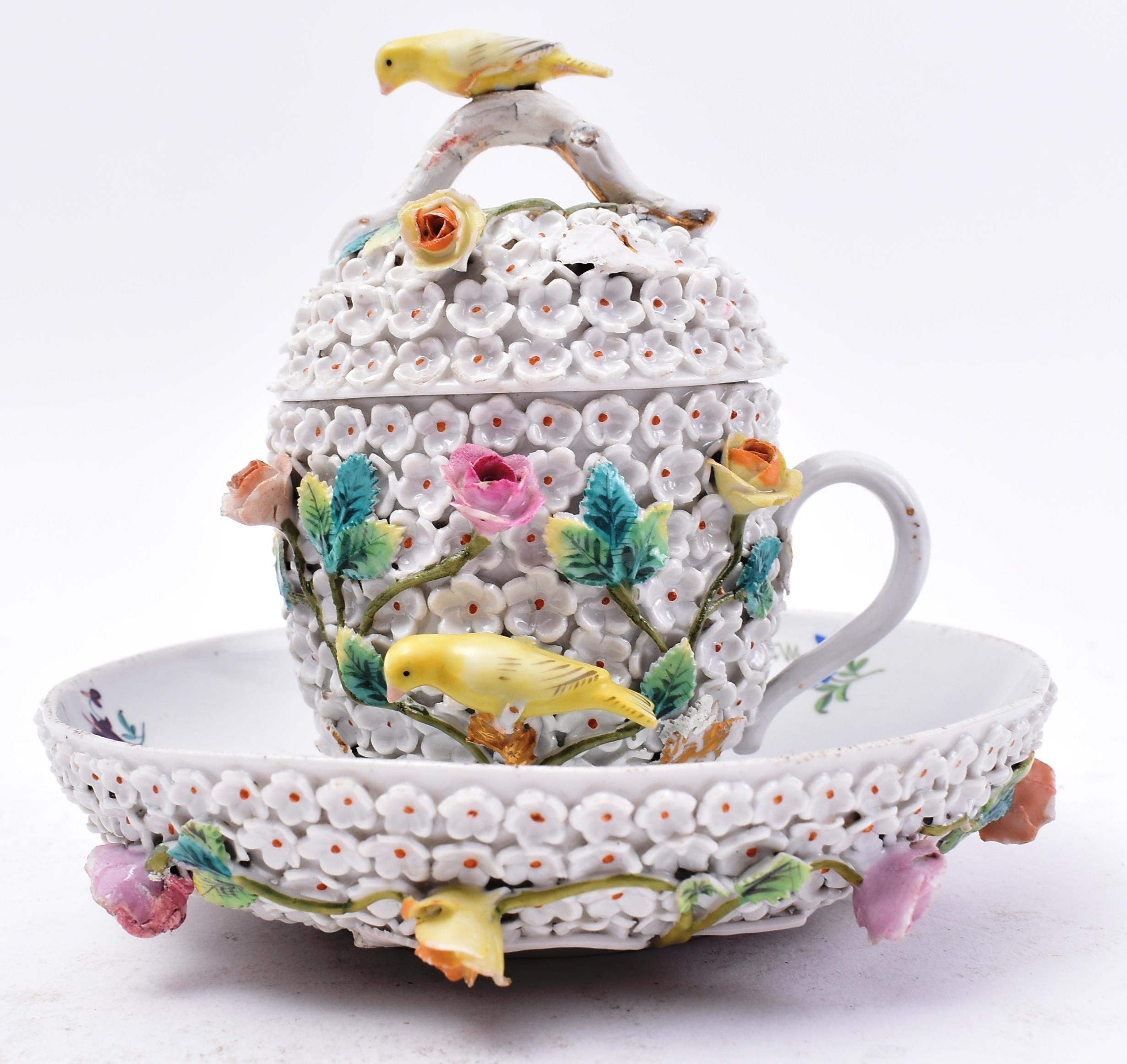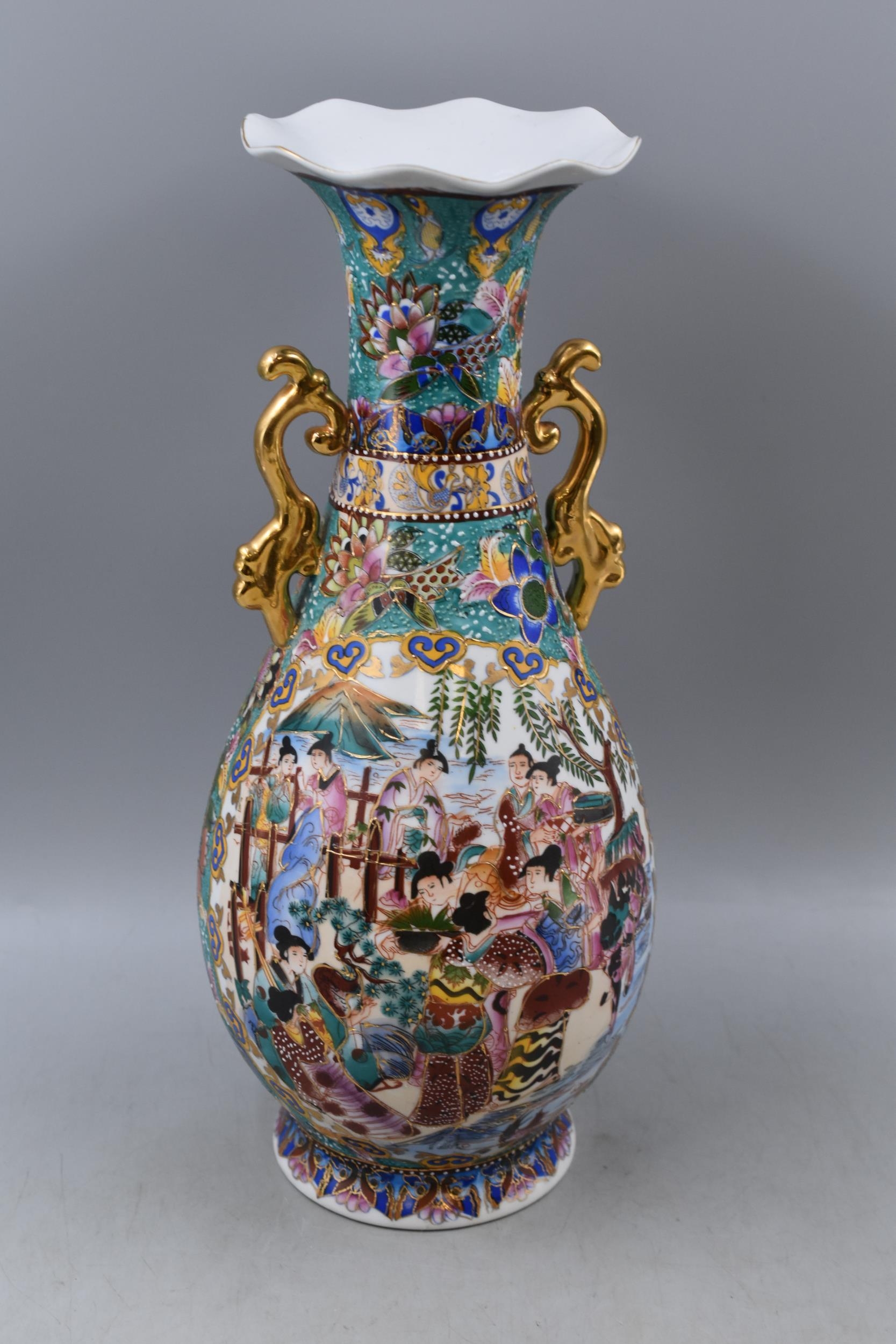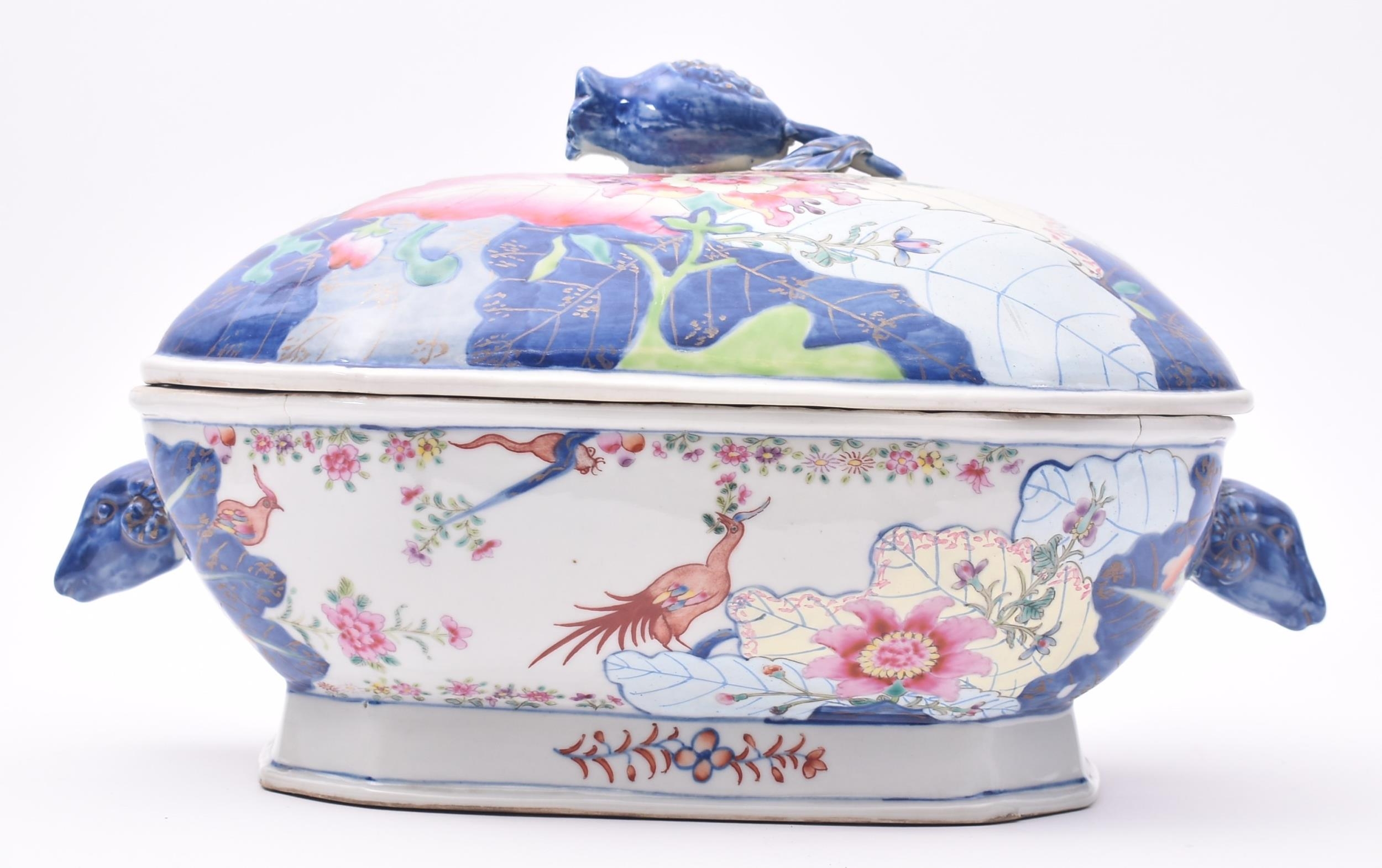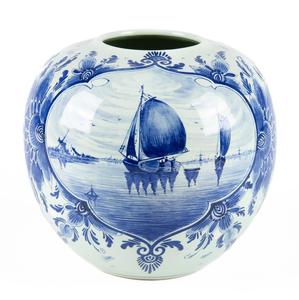Unveiling the Golden Age: A Historical Overview of Porcelain Production
The 'Golden Age' of porcelain production spans from the late Ming Dynasty in China to the European industrial boom in the 18th century. In China, Jingdezhen became the imperial porcelain factory, producing intricate blue-and-white ceramics. The secrets of porcelain production were closely guarded until the early 18th century when Europeans discovered the formula. This sparked a wave of porcelain manufacture in Europe with Meissen, Sevres, and Royal Copenhagen becoming significant centres of production.
European porcelain from the 'Golden Age' featured exquisite craftsmanship, bright enamels, and a rich diversity of styles, reflecting the changing tastes and social milieu of the time. From the delicate Meissen figures to the grand Sevres vases, each piece serves as a window into a bygone era, making antique porcelain collection a truly captivating pursuit.
Recognising the Marks: How to Identify and Date Antique Ceramics
The art of identifying and dating antique ceramics is an essential skill for collectors. One of the primary ways to do this is by studying the marks found on porcelain pieces. Most manufacturers marked their products with unique symbols, initials, or logos, often including information about the factory, artist, and date of production.
Porcelain marks can be painted, incised, or stamped, and they are usually located on the base of the piece. Familiarising yourself with the most famous porcelain marks and their evolution over time can help you identify the origin and age of the pieces. There are many reference books and online resources available to guide you in this intricate detective work.
Region and Style: The Key Characteristics of Notable Porcelain Centre
Each major porcelain production centre had its distinct style and characteristics. For instance, Meissen porcelain is known for its fine detail, delicate figures, and the use of the 'crossed swords' mark. Sevres, on the other hand, is renowned for its opulent gilded designs and soft-paste porcelain, often marked with a double 'L' and the year of production.
Chinese porcelain varies by dynasty, with Ming porcelain characterised by its blue-and-white motifs, while Qing porcelain often showcases vibrant colours and intricate patterns. Understanding these regional styles will not only help you identify pieces, but also appreciate the artistry and cultural significance behind them
The Art of Collection: Tips and Tricks for Aspiring Antique Ceramic Collectors
Collecting antique ceramics is a rewarding hobby, but it requires patience, knowledge, and a keen eye. Begin by defining your area of interest – whether it's a specific period, region, or type of porcelain. This focus will guide your research and acquisitions.
When purchasing, always check the condition of the piece. Chips, cracks, or repairs can significantly reduce the value of antique porcelain. Don't hesitate to ask for provenance or any other information that could help authenticate the piece. Finally, buy what you love. The value of a collection is not solely monetary; it's also about the joy and satisfaction you derive from owning and learning about these historical treasures.
Preserving Your Collection: Care and Maintenance Tips for Antique Porcelain
Taking care of your antique porcelain ensures its beauty and value are preserved for generations to come. Keep your ceramics away from extreme temperature changes and avoid direct sunlight, which can fade the colours. When cleaning, use a soft brush and warm soapy water, then rinse and dry carefully to avoid any water spots.
Never attempt to repair a broken piece by yourself; always consult a professional restorer. Remember, each piece of porcelain is a fragment of history, and its care requires delicacy and respect for its age and significance.
Conclusion
Delving into the world of antique ceramics is like embarking on a timeless journey. As you uncover the mysteries of porcelain production, learn to recognise the marks, and understand the regional styles, you'll develop a deeper appreciation for these historical treasures. Remember, collecting antique ceramics is not just about owning beautiful objects; it's about preserving and engaging with the stories they tell. Enjoy the journey and let the 'Golden Age' of porcelain illuminate your path.


Those with slightly deeper pockets may be interested in this early 18th century Kangxi period Chinese export porcelain famille rose lidded soup tureen.
Author: Cara Bentham


